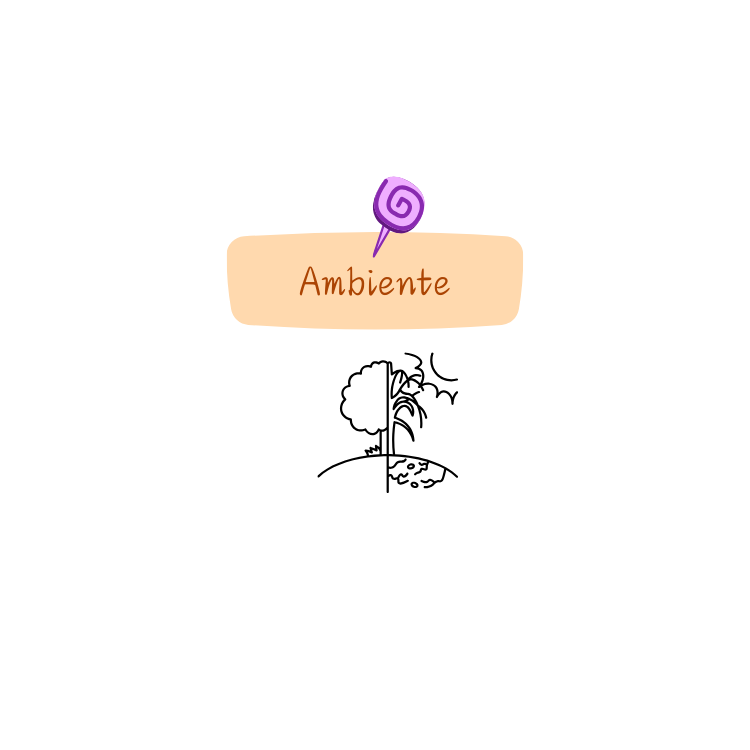The growing concern for climate change has brought the topic to the center of a series of social, political and economic discussions that cannot remain alien to us. Whether we like it or not, the topic is now a very current problem, so it is essential to start explaining it even to the youngest, who now hear about it everywhere, trying to guide them towards more sustainable and more conscious habits and attitudes.
In this article we want to give you ideas and suggestions for talking about climate change to children, through simple concepts and fun activities that can make them responsible for safeguarding our planet.
GREENHOUSE EFFECT AND GLOBAL WARMING
Our planet is very old, about 4.5 billion years old. During this time, the climate has changed many times. There have been periods when the earth was very cold, such as during the Ice Ages, and others when it was warmer. These changes have always occurred slowly and naturally. In recent decades, however, the change in temperatures has occurred so quickly that it has brought the issue to everyone's attention due to the concern it has raised. The consequences of this climate change are too obvious: melting ice, rising sea levels, extreme weather events such as more intense storms and prolonged droughts.
The cause is to be found in our attitudes and habits. The gases present in the air (such as carbon dioxide) trap a part of the radiation coming from the sun's rays that reach the Earth, thus causing the atmosphere to warm up. This phenomenon is called the greenhouse effect , and it is very important for life on Earth, which would otherwise be very cold and unlivable.
The problem is that today human activities (industries, home heating, etc.) produce many waste substances (greenhouse gases) that excessively retain heat and cause global warming.
This brings with it a series of problems that put the very life of planet Earth at risk: the melting of ice, the loss of habitats and species, drought and famine, as well as natural disasters.

Addressing this climate crisis requires substantial change, with a clear focus on renewables and sustainable practices . The 2015 Paris Agreement marked a significant step towards decarbonization, committing countries to limit global temperature increases and achieving carbon neutrality.
The transition to a low-carbon economy requires collective commitment at all levels, from global policies to individual daily choices. Cultural change and the adoption of more sustainable behaviors are essential to mitigate the effects of climate change and protect our planet for future generations. It is an imperative for the future of our very survival. But not only that, each of us can do something to help slow down climate change. It is therefore important that children and young people are made aware of the problem in order to change habits and lifestyles.
WHAT CAN WE DO WITH OUR LITTLE ONES?
To help children cope with climate change and adopt a positive approach, here are some small daily actions they can take:
- Join an environmental association to stay informed and support the fight against climate change.
- Adopt an endangered animal through distance adoption programs.
- Establish family rules to reduce environmental impact, such as limiting food waste, reducing packaging and energy consumption.
- Organize a swap party with friends to exchange toys instead of buying new ones, thus promoting reuse and reducing consumption.





